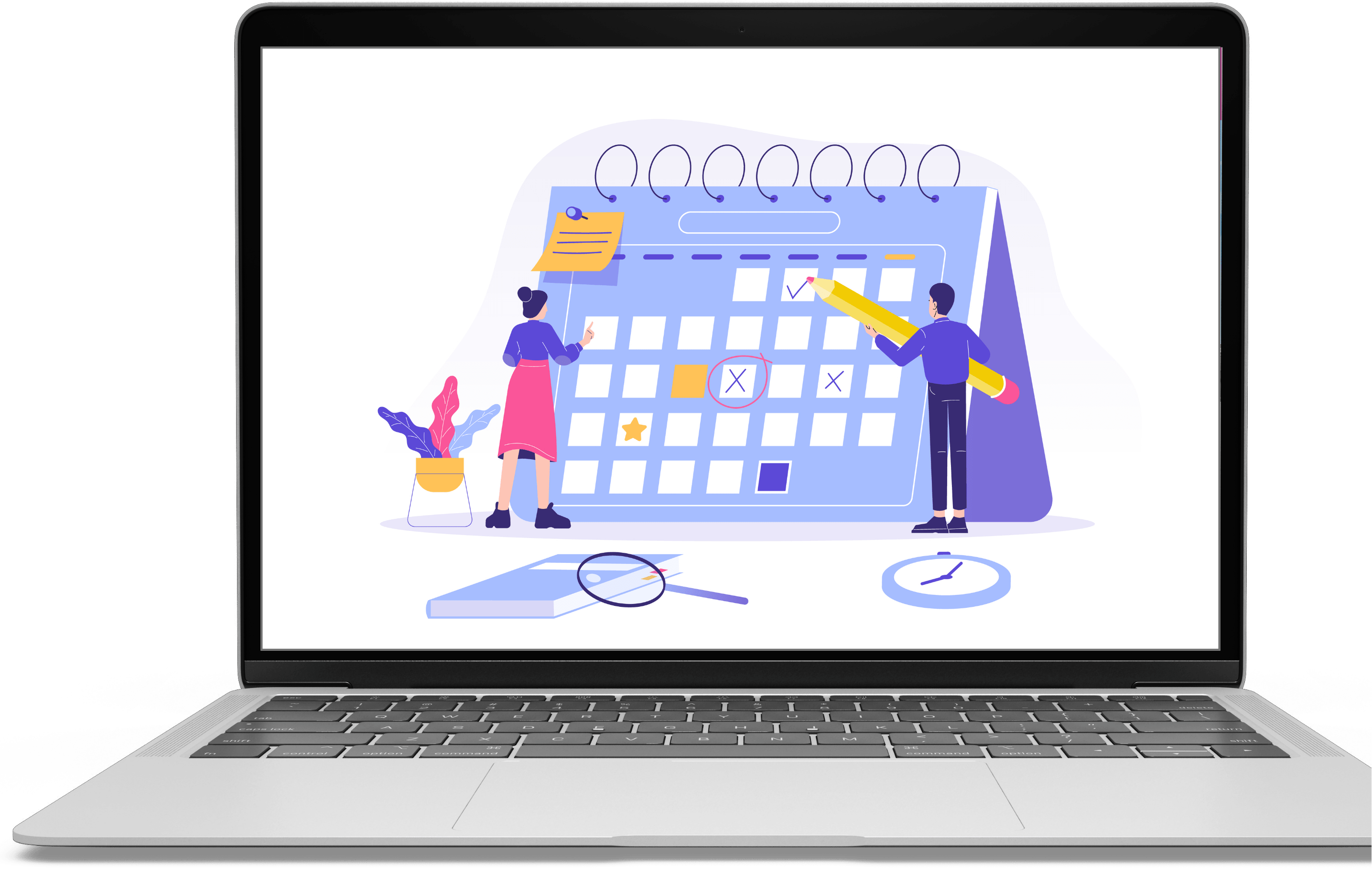Why is email marketing important?
Blogging — an integral part of any online marketing strategy — can help:
- Increase your web traffic
- Improve your SEO
- Establish yourself as a thought leader
- Build connections with your customers
- Get backlinks to your business
How do I start?
If you’re not sure how to start a blog, there are a few things you need to do:
Choose a platform
Every blog needs a hosting platform. Some common platforms are WordPress, Squarespace, and Blogger, although more blog hosting platforms are available. Today, most blogs can be hosted on your own website with blog support tools available through your hosting plan.
Set up your blog
Create an account and name your blog; this is where you can get creative. Think of a catchy name that can be easily converted into a hashtag, so you can extend your blog’s reach. It also wouldn’t hurt to purchase a separate vanity domain name for your blog if you decide to expand on it in the future. Decide what type of blog you’ll run. Some choices are:
- Corporate blog: Used by businesses to communicate with customers and employees
- News blog: Keeps people updated on current events
- Opinion blog: Expresses the author’s opinions on various topics
- Technical blog: Focuses on a specific topic or industry
Create engaging content
What you can offer your customers that is different from other competitors and why you stand out.
Addressing Pain Point
Think of a blog like a community magazine. Your blog not only provides unique content, but it allows users to engage with your content, share it, and comment on things you’ve written. Your blog content can include articles, pictures, videos, or a combination of them all. Select topics most likely to engage your customers; focus on their wants, needs, and what information might be helpful to them.
Using keywords in your titles and content that relate to your business will make your blog more discoverable to your audience. To help identify the best keywords to use, try doing some Keyword research with easy-to-use tools like Google Keyword Planner, Moz, UberSuggest, or other tools.
Set a publication schedule
Be sure to update your blog regularly to keep readers engaged. Create a content calendar to stay organized and committed to regular updates. Consider posting 1-4 times a month, with some posts being long and some short, so that you can manage your schedule evenly.
Promote your blog posts
A great way to share your content is by cross-promoting your blog with other blogs. Reach out to similar blogs and ask them if they would add your blog as a link within a blog post of theirs, or reshare posts from their blog to have them return the favor. You should publish your blog posts on your website, social media platforms, and email newsletter. Create a subscriber list that notifies followers when recent posts are published.
Blogging Best Practices
Follow these best practices for writing effective posts:
- Write in a concise and easy-to-read style. Audiences prefer short paragraphs and sentences.
- Write about topics relevant to your customers. Focus on their concerns and questions.
- Create relevant and catchy headlines. CoSchedule’s Headline Analyzer will score your headlines based on keywords and relevancy.
- Use images, videos, and other multimedia content to break up your text and add interest. Canva is a free resource for creating custom blog images.
- Stick to a regular publishing schedule. Create a content calendar and pre-plan your blog posts.
- Engage your readers by asking them questions or inviting their feedback. Respond to their comments to build a community.
- Always proofread your writing before publication. Poor writing turns away readers. A tool like Grammarly helps spot typos and grammatical errors.
A blog is an amazing tool for marketing your company and sharing your message with the world. It allows your business free reign to promote your services and build a customer following. Start your blog using these tips and best practices along with the tools we’ve listed below.


